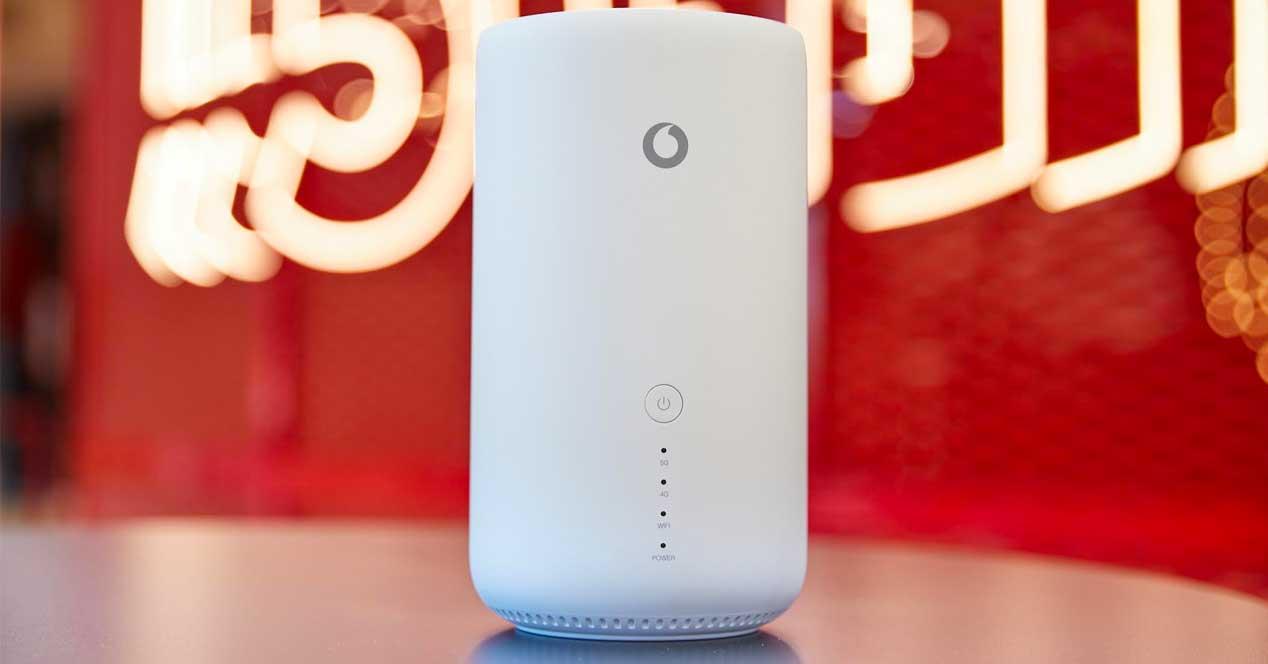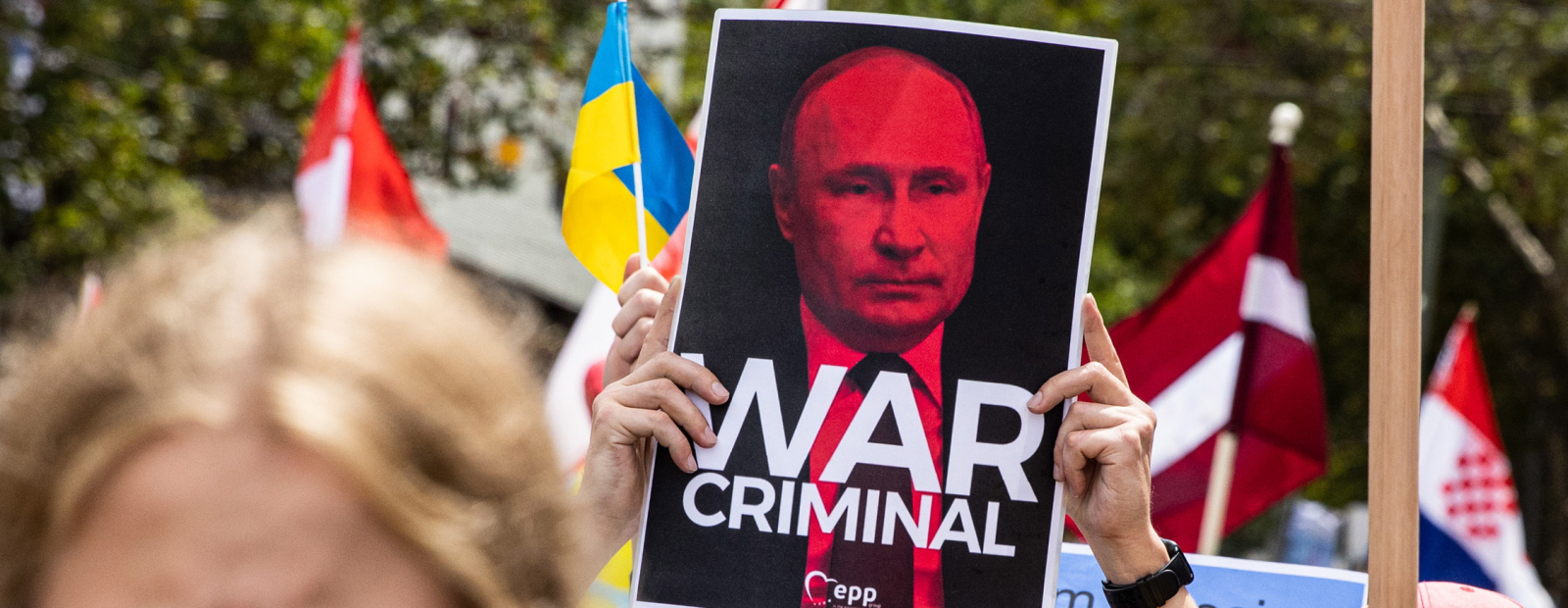Deployment by communities
The red operator, in addition to confirming that will strengthen coverage of the cities that currently have 3.5 GHz with 700 MHz, that is, Madrid, Barcelona, Valencia, Seville, Malaga, Zaragoza, San Sebastián, Pamplona, Logroño, Toledo, Santa Cruz de Tenerife, Palma de Mallorca, Valladolid, Murcia , Segovia, Castellón, Las Palmas de Gran Canaria, Coruña, Vigo, Gijón, Santander, Bilbao, Vitoria, Badajoz and Alicante.
Catalonia
191 municipalities such as Barcelona, Lleida, Tarragona, L’Hospitalet, Girona, Esparraguera, Alella, Montmeló, Tossa de Mar, Pals, L’Escala and El Perelló.
Valencian Community
141 municipalities such as Elche, Alicante, Valencia, Castellón de la Plana, Llíber, San Rafael del Río, Aras de Alpuente, Pinet or cities such as Alcoy, Benidorm, Elda, Dénia, Jávea or Torrevieja.
Andalusia
101 municipalities such as Conil de la Frontera, Tarifa, Mojácar, Chipiona Nerja, Mairena del Alcor, Dos Hermanas, Jerez de la Frontera or Marbella.
Castile and Leon
93 municipalities such as Burgos, León, Salamanca, Valladolid, Crespos, Casillas, Navauluenga, Arlanzón, Cea, El Espinar or Benavente.
Galicia
81 municipalities such as A Coruña, Orense, Vigo, Pontevedra, Santiago de Compostela, Ferrol, Lugo, Betanzos, Padrón, A Pobra do Caramiñal, Foz, Tui, Marín and Sanxenxo.
Castilla la Mancha
70 such as Albacete, Cuenca, Guadalajara, Toledo, La Roda, Daimiel, Socuéllamos or El Robledo.
Asturias and Cantabria
61 as Gijón, Santander, Oviedo, Ruesga, Villanueva de Oscos, Caravia, Castro Urdiales, Avilés, Cangas de Onís, Laredo, or Torrelavega
Basque Country
58 municipalities such as Vitoria, Donostia, Bilbao, Barakaldo, Bergara, Legazpi, Zarautz, Aia, Zumaia, Basauri, Lekeitio and Bakio.
Madrid’s community
31 municipalities such as Madrid, Alcorcón, Getafe, Alcobendas, Manzanares el Real, Colmenar Viejo, Galapagar, Santa María de la Alameda, Robledo de Chavela or Fresno de Torote.
Canary Islands
27 municipalities such as Las Palmas de Gran Canaria, Telde, Santa Cruz de Tenerife, Agaete, El Paso, Adeje or Yaiza.
The Rioja
26 municipalities such as Logroño, Alfaro, Ezcaray or Haro.
Balearic Islands
25 municipalities such as Palma de Mallorca, Ibiza, Ciudatella in Menorca, Calvià, Alcudia, Muro, Formentera or Ses Salines.
Aragon
25 municipalities such as Huesca, Zaragoza, Teruel, Villafeliche, La Amolda or Cedrillas.
Region of Murcia
18 municipalities such as Murcia, Cartagena, Águilas, Alcantarilla, Mazarrón or San Javier.
Navarra
15 municipalities such as Pamplona or Tudela.
Estremadura
9 municipalities such as Cáceres, Villanueva de la Vera, Jarandilla de la Vera, Don Benito, or Mérida.
Vodafone 5G Home
The second of the novelties is the arrival of Home 5G, an alternative to fiber optics for areas without coverage, but also in areas where there is coverage as a way of giving more alternatives to customers. The operator will allow to offer up to 1 Gbps of speed with a FWA solution that allows connect up to 35 devices. This equipment will be self-installable.
FWA or Fixed Wireless Access technology represents an important change at the level of connectivity. It is a perfect complement to fiber, both to offer high speed in areas without coverage and to provide more flexibility in areas with coverage.
This new connection will be available both for home users and for professional environments in which municipalities with more than 100,000 inhabitants (63 cities). The red operator confirms that it has already been tested by several clients who confirm “a user experience similar to the one they have with the fiber”. At the moment, we do not know the price that this connection will have. We will update when we have all the details.
Vodafone will reduce battery consumption
The operator has also announced that it is testing a new network technology that reduces battery consumption, thus increasing the life of devices connected to the mobile network. The technology adapts the network to the usage habits of each client and can be used by terminal manufacturers or app developers to reduce consumption in 4G and 5G networks.
The first tests point to achieving a savings of up to 22% in battery consumptionto. Vodafone explains that, until now, battery optimization was achieved with actions such as reducing brightness or turning off notifications, among others. This technology is intelligent and adapts the network configuration to the specific use that the terminal is making.
First business call with Open RAN
And now we come to the fourth of the novelties. Vodafone today made the first commercial 5G data call in Spain between two smartphones using Open RAN technology. Open Radio Access Networks It is the technology that allows the use of open hardware and software in mobile networks that is independent of the provider, allowing lower costs, improve the resilience of the network or reduce extreme dependence on third parties.
In the presentation we were able to make a calls using the Open RAN network from our mobile phones, in addition to having been able to see a video call between Santiago Tenorio, network director of the Vodafone Group, and Julia Velasco, network director of Vodafone Spain.
To give us an idea of the importance of technology, we have two news items that explain it. On the one hand, Vodafone has announced deployments of 2,500 sites in the UK, having already activated the first Open RAN 5G node. On the other hand, we have the creation of the European Center of Excellence for R&D in Malaga.
–


